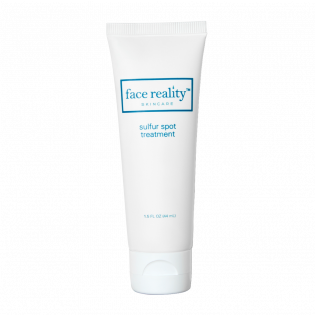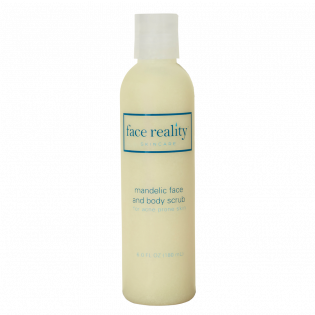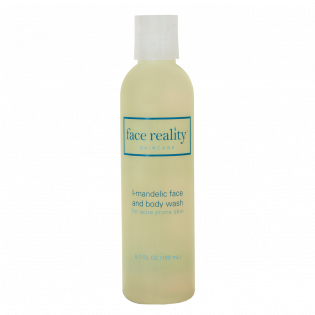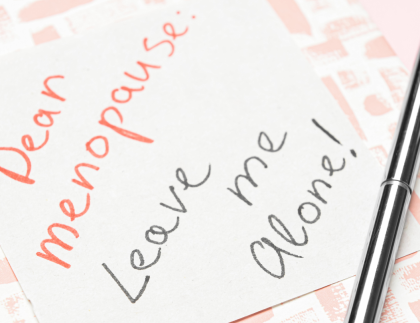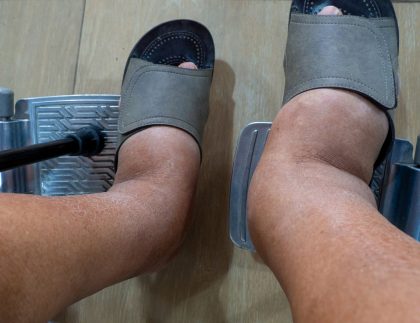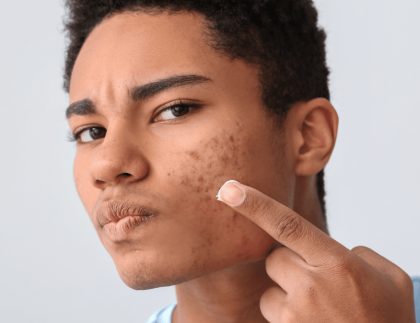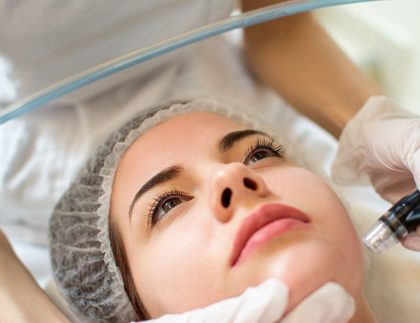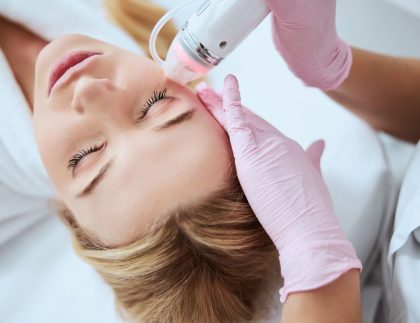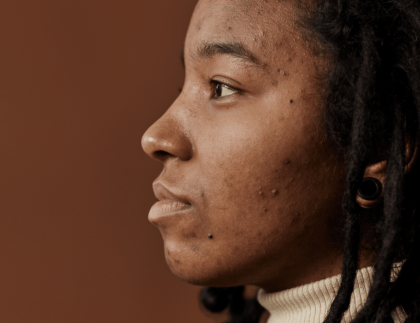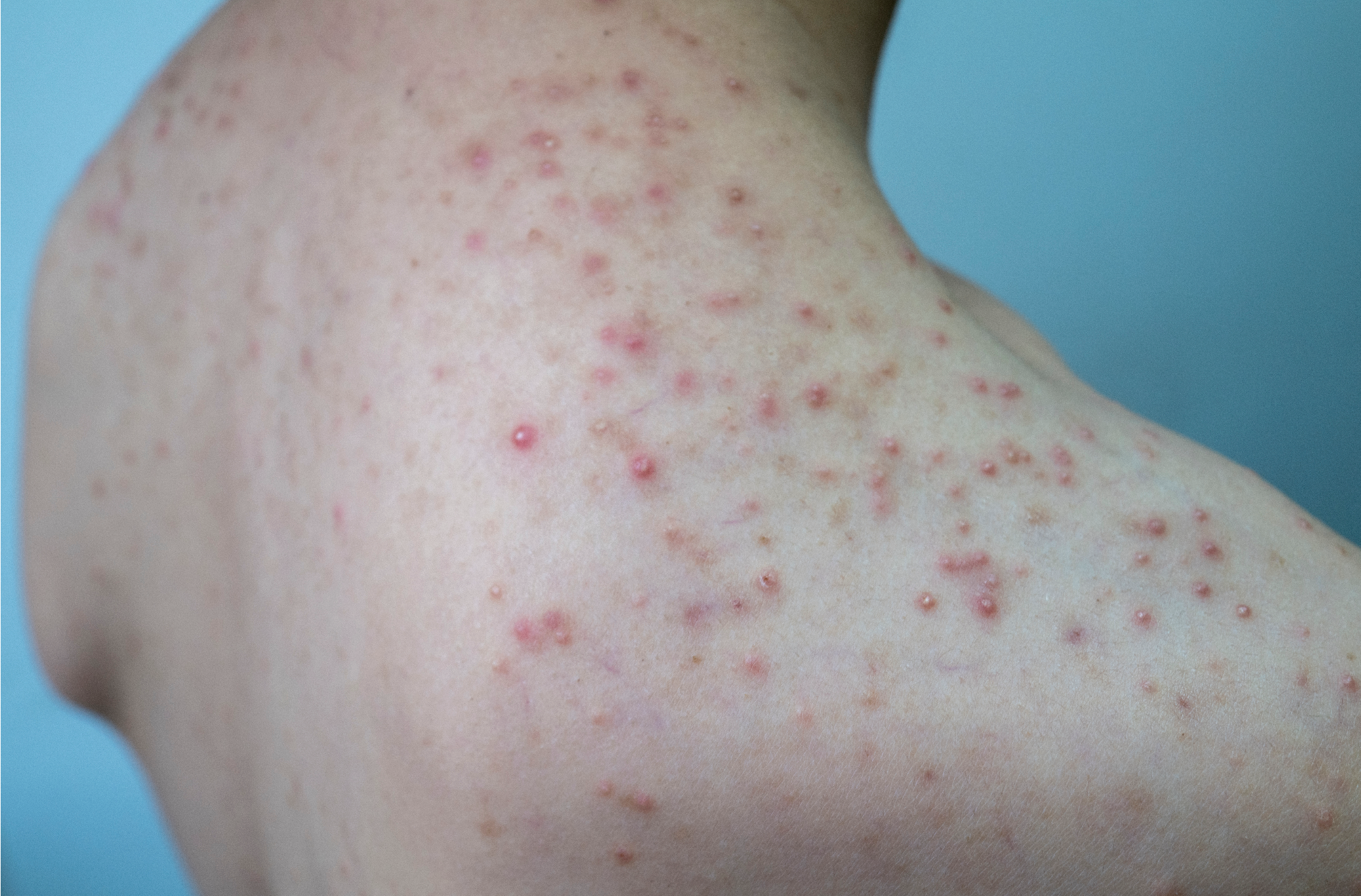
Skin conditions can have a significant impact on a person's quality of life, affecting their self-esteem, confidence, and social interactions. Seeking treatment and finding effective solutions can not only improve the appearance of the skin but also boost overall well-being and mental health.
What Is Fungal Folliculitis
Fungal folliculitis, also known as pityrosporum folliculitis or Malassezia folliculitis, is a type of skin infection that affects the hair follicles. It is caused by a yeast-like fungus called Malassezia that is present on the skin's surface. This type of folliculitis can be particularly frustrating for those who experience it, as it often presents as small, itchy red bumps that resemble acne. In this blog post, we will explore fungal folliculitis from an esthetics point of view and discuss ways to effectively treat and prevent it.
Understanding Fungal Folliculitis
Fungal folliculitis can occur in people of all ages and skin types. It is more common in hot and humid environments, and those who sweat excessively are at a higher risk of developing it. The infection can also be triggered by certain medications, hormonal changes, and underlying medical conditions.
Fungal folliculitis typically presents as small red bumps around the hair follicles. The bumps may be itchy and can sometimes be filled with pus. In some cases, the bumps may form into larger patches of inflamed skin. Fungal folliculitis can appear on any part of the body that has hair follicles, including the scalp, face, neck, chest, back, shoulders, arms, and legs. However, it is most commonly found on the chest, back, shoulders, and upper arms. When most people hear about folliculitis, they often think of the razor bumps many people experience after shaving. We'll discuss pseudo folliculitis barbae in another article.
Treating Fungal Folliculitis
The first step in treating fungal folliculitis is to confirm the diagnosis with a dermatologist. They may prescribe topical or oral antifungal medications to help clear the infection. In addition to medication, there are several esthetic treatments that can help improve the appearance of the skin and prevent future outbreaks.
Exfoliation: Regular exfoliation can help remove dead skin cells that can trap bacteria and fungi in the hair follicles. However, it's important to use gentle exfoliants to avoid further irritating the skin.
Topical Treatments: Estheticians may recommend topical treatments, such as Mandelic acid or sulfur-based products, to help reduce inflammation and prevent future outbreaks.
Light Therapy: Light therapy, specifically blue light therapy, has been shown to be effective in treating fungal folliculitis. This non-invasive treatment uses blue light to kill bacteria and fungi on the skin's surface. [Read more of LED benefits here]
Preventing Fungal Folliculitis
Preventing fungal folliculitis is key to avoiding future outbreaks. Here are some tips for preventing this type of folliculitis:
- Keep the skin clean and dry, especially in areas that are prone to sweating.
- Change out of sweaty clothes as soon as possible.
- Use a gentle, fragrance-free body wash.
- Avoid using oils or heavy creams on areas prone to folliculitis.
- Discuss with your doctor whether you should stop oral and antibiotics. They are not necessary for us to clear your acne and antibiotics may contribute to folliculitis.
- Avoid use of very emollient or creamy moisturizers, sunscreens, cleansers, etc.
- For body folliculitis, avoid wearing constrictive clothing or clothing that doesn’t allow skin to breathe. Cotton is best.
- Avoid tight-fitting clothing that can trap sweat and bacteria.
- Avoid foods high in sugar, yeast and carbohydrates including alcohol, breads, candy, etc.
- Don’t use fabric softener or harsh detergents on sheets or clothing.
- Avoid using hot tubs or taking very hot showers or baths (especially for body folliculitis).
Supplements That May Be Helpful
- Probiotic supplements – good if you have been on antibiotics for a long time. No need to rotate as often as other supplements. Take for several months, then take out of diet for two weeks and start again.
- Coconut Oil (or caprylic acid) – taken internally, NOT as a topical product.
Related Products
Related Services
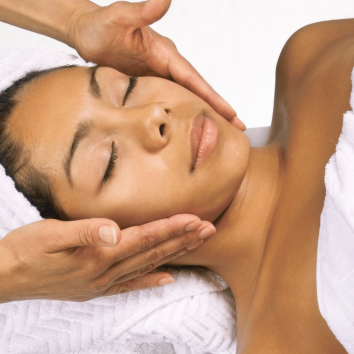
One on One
Acne Consultation With Treatment
At Onyeka Tefari, we are committed to providing you with the best acne treatment and consultation services to help you achieve your skincare goals.
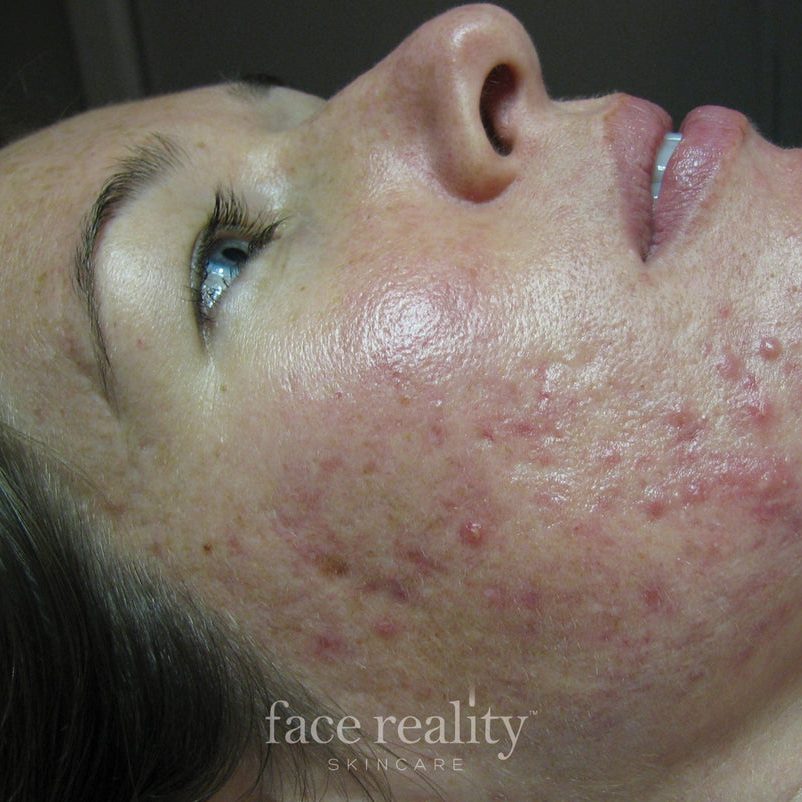
Cleansing
Acne Peel Treatment
Our acne peel treatment is designed to exfoliate dead skin cells and unclog pores, reducing the appearance of acne scars and promoting healthy skin renewal.
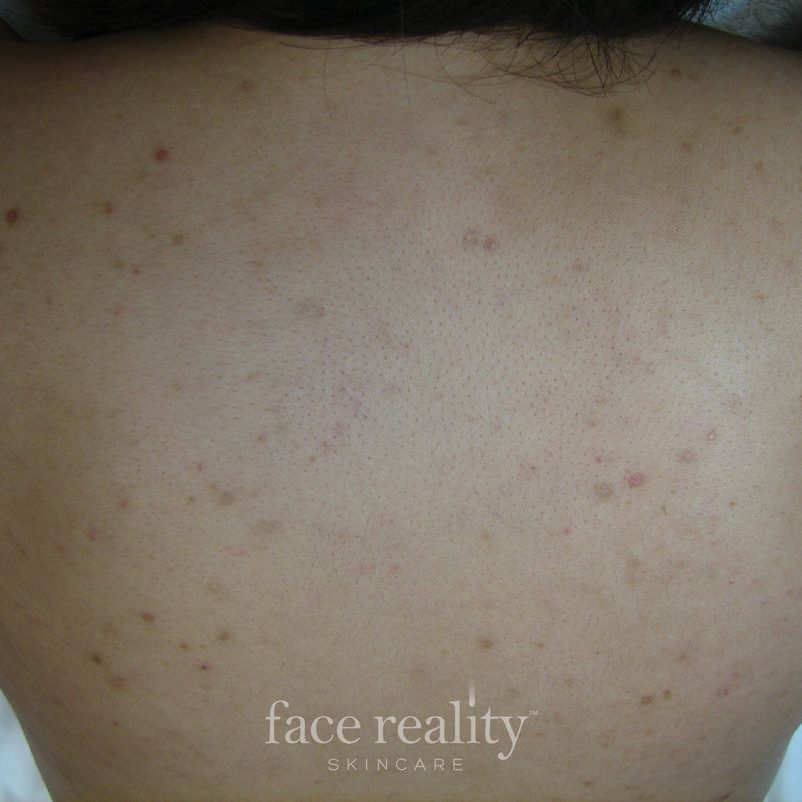
Cleansing
Acne Back Peel
Our Acne Back Peel treatment at Onyeka Tefari is designed to exfoliate dead skin cells and unclog pores, reducing the appearance of acne scars and promoting healthy skin renewal.
